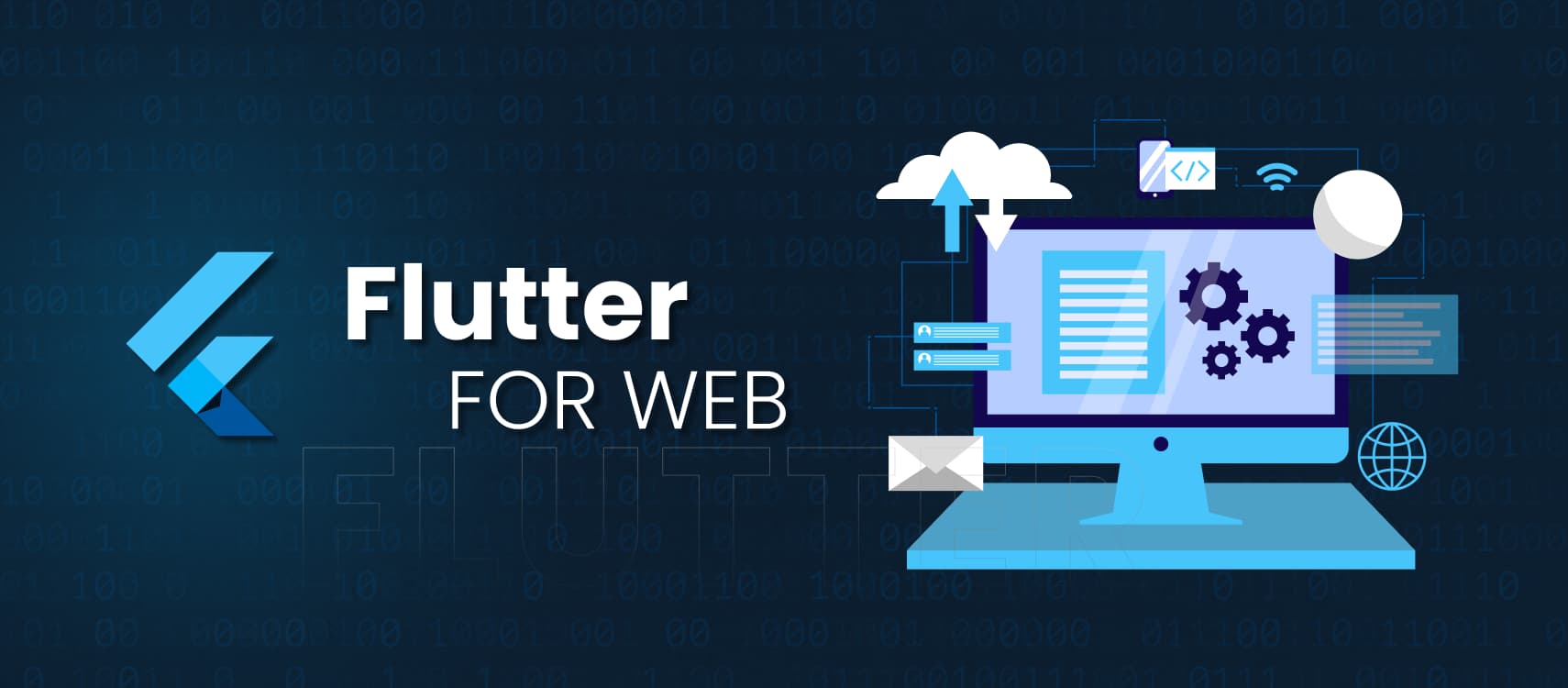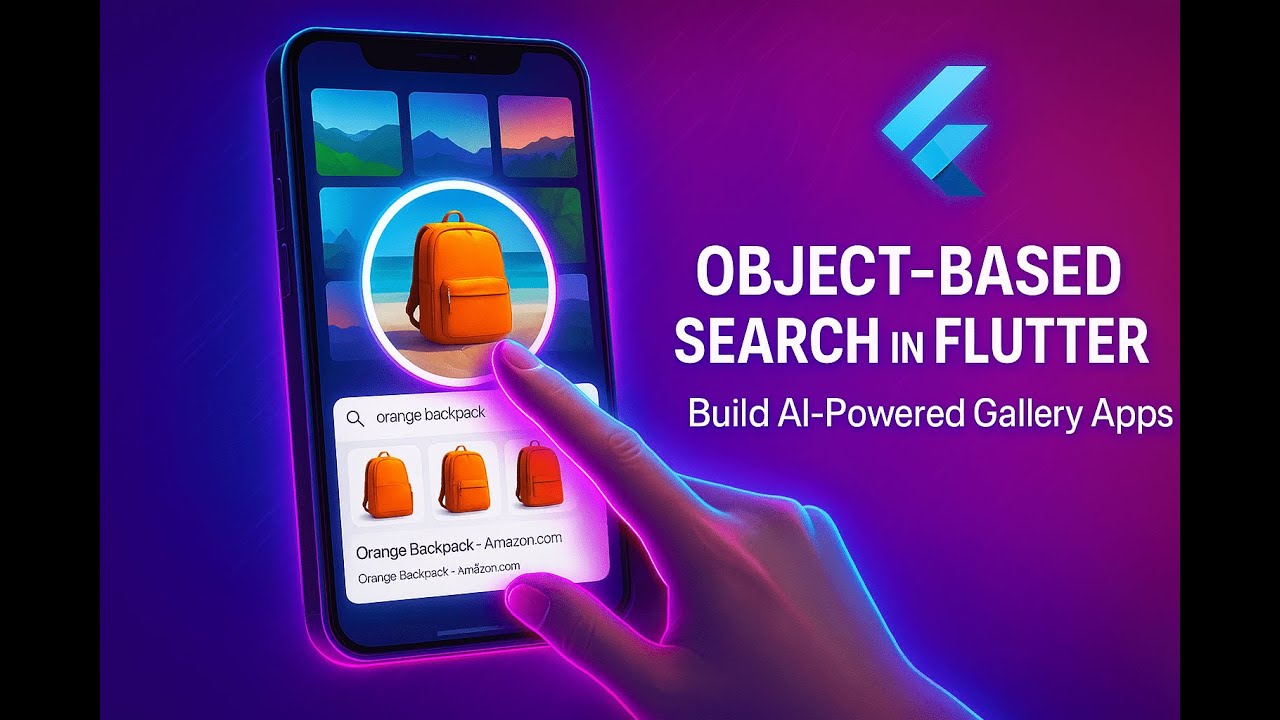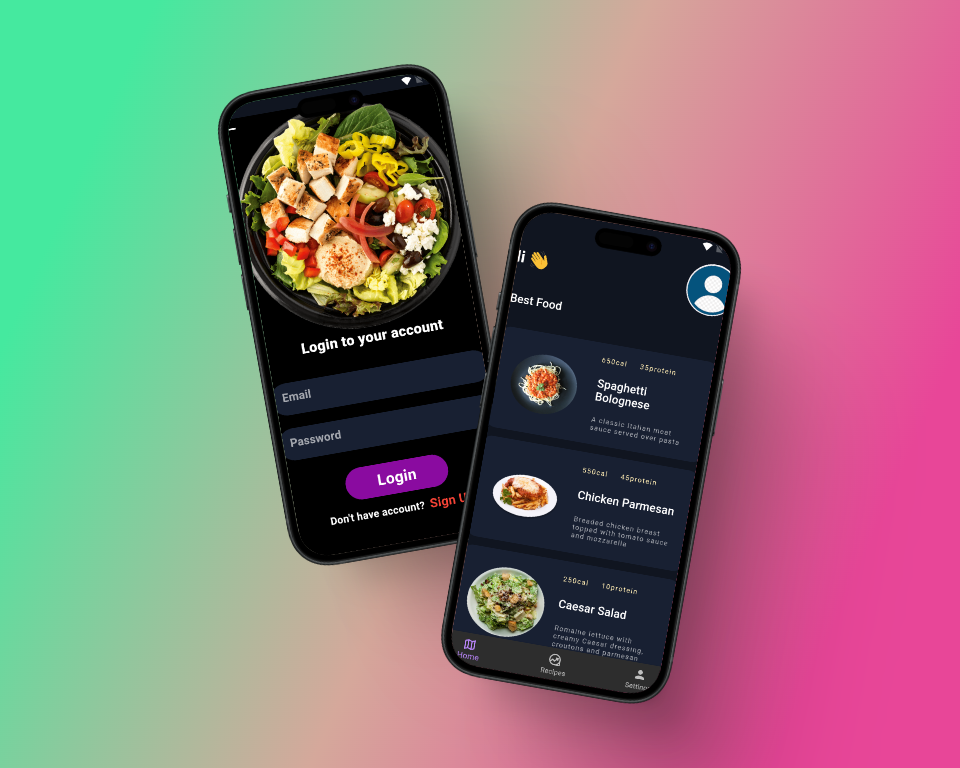
Flutter combines speed, performance, flexibility, and cost efficiency, making it the leading choice for businesses and developers in 2025. Its ability to build apps across all major platforms from one codebase positions it as the future of cross-platform app development.
Flutter’s widget-based architecture allows developers to create customizable UIs with ease. Since everything in Flutter is a widget, developers have full control over the look and feel of the app. Features like Hot Reload further accelerate development by allowing instant previews of changes without rebuilding the app. This not only saves time but also encourages creativity and faster iteration cycles.
For businesses, the biggest advantage of Flutter is cost-effectiveness. Maintaining one codebase instead of multiple (Android + iOS + Web) drastically reduces development and maintenance costs. Companies can launch products faster, reach wider audiences, and update features simultaneously across all platforms—making it a perfect fit for startups and enterprises in today’s fast-paced digital economy.


Flutter is no longer limited to mobile apps. By 2025, it’s widely used for web applications, desktop software, smart TVs, IoT devices, and even automotive interfaces. Its adaptability makes it future-proof, ensuring developers and companies won’t need to switch frameworks as technology evolves. This versatility is one of the main reasons experts believe Flutter will dominate the cross-platform development space in the years to come.
No Comment Yet! Vixan post comment box is empty!